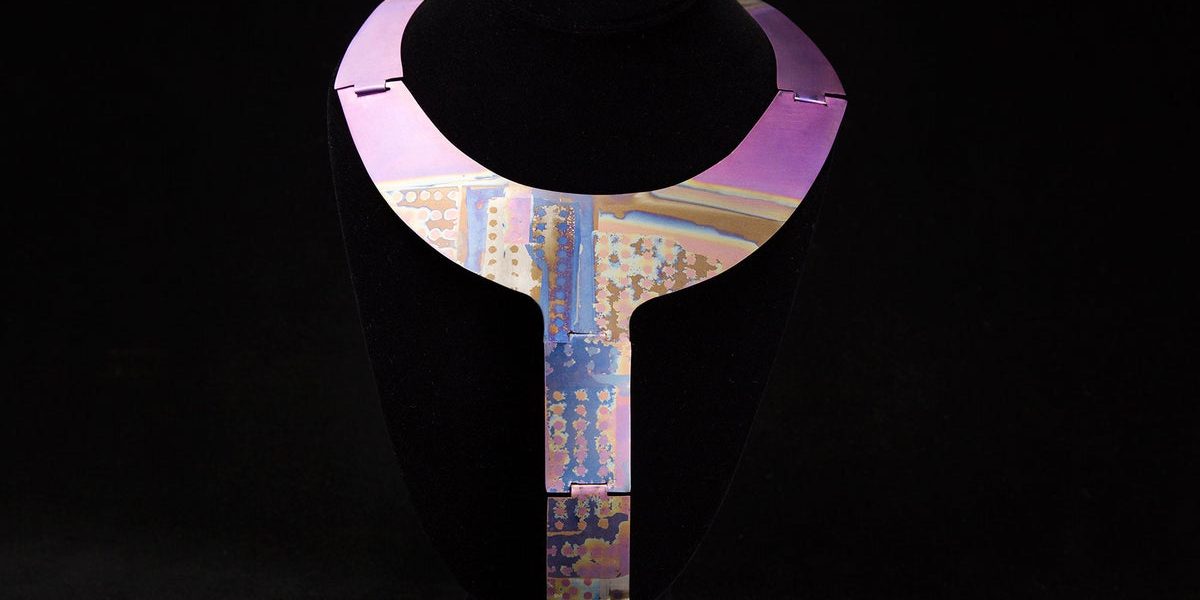Days before the now infamous robbery at the Louvre in Paris, thieves conducted a similar heist more than 5,000 miles away in California – making off with more than 1,000 items.
Police in Oakland have launched an investigation into the theft, which occurred earlier this month, during which a range of valuables were stolen including metalwork jewelry, Native American baskets and everyday items such as athletic trophies that tell the story of the Golden State, which remain missing.
The burglary occurred in the early hours of the morning of October 15 at an off-site storage facility of the Oakland Museum of California, Oakland Police said in a news release Wednesday.
It comes as authorities are still reeling from the brazen getaway by thieves in Paris, where priceless Napoleonic jewels were stolen from the world’s most-visited museum in the morning. Authorities have since made arrests but the jewels have not been recovered.
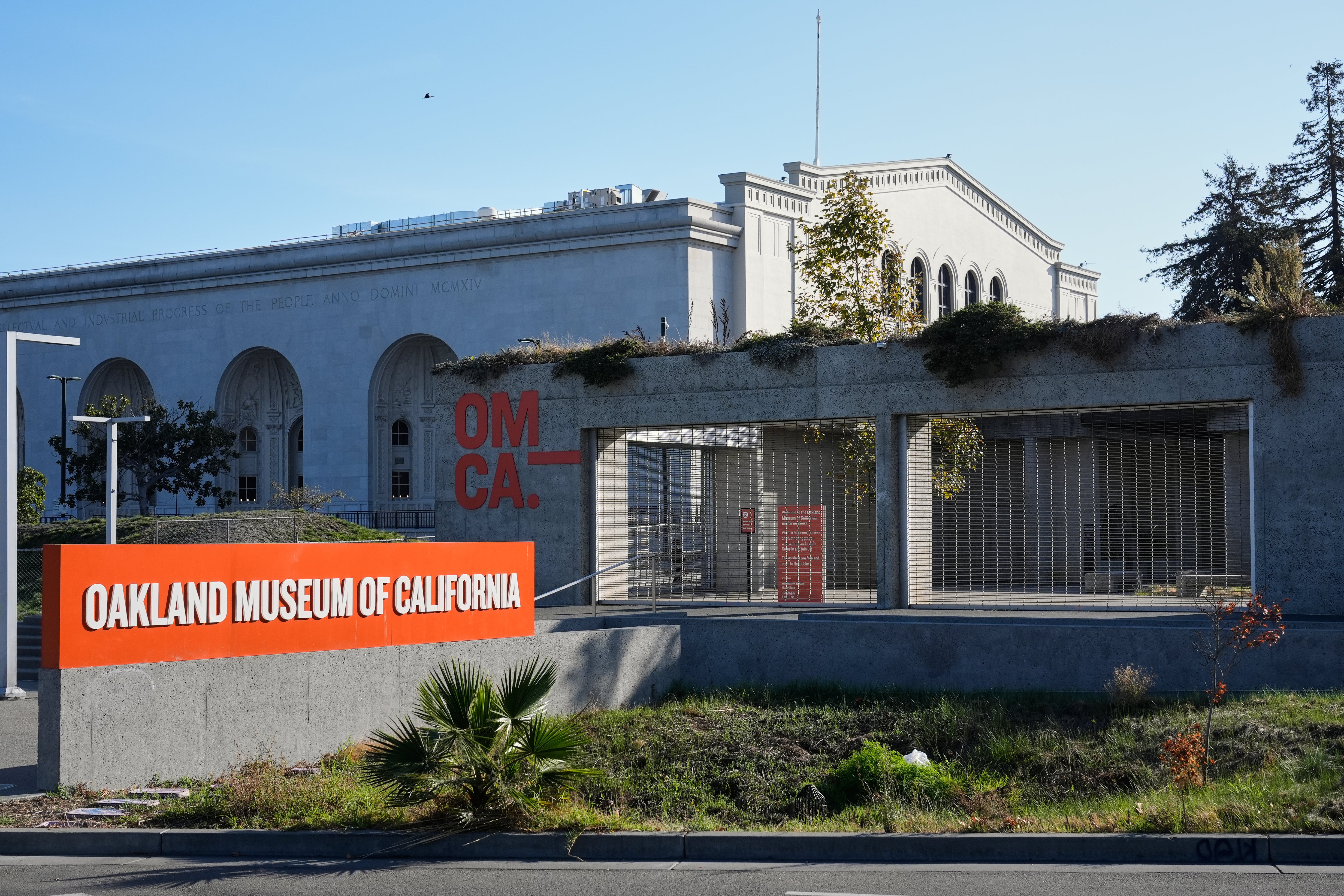
In Oakland, Lori Fogarty, the museum’s director, said that unlike at the Louvre, the Oakland heist appeared to be a crime of opportunity, and not a targeted art theft.
“We think the thieves found a way to enter the building, and they grabbed what they could easily find and snatch and get out of the building with,” she said Thursday.
Stolen items include neckpieces by the late artist and metalsmith Florence Resnikoff, a pair of scrimshaw walrus tusks and Native American baskets. But she said much of it was historical memorabilia from the 20th century such as campaign pins and athletic awards.
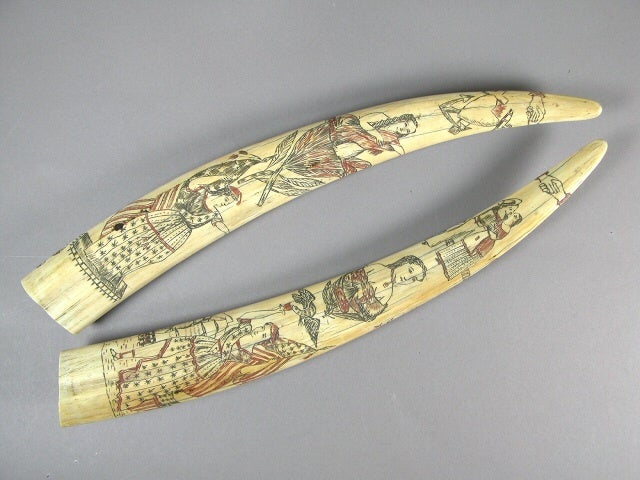
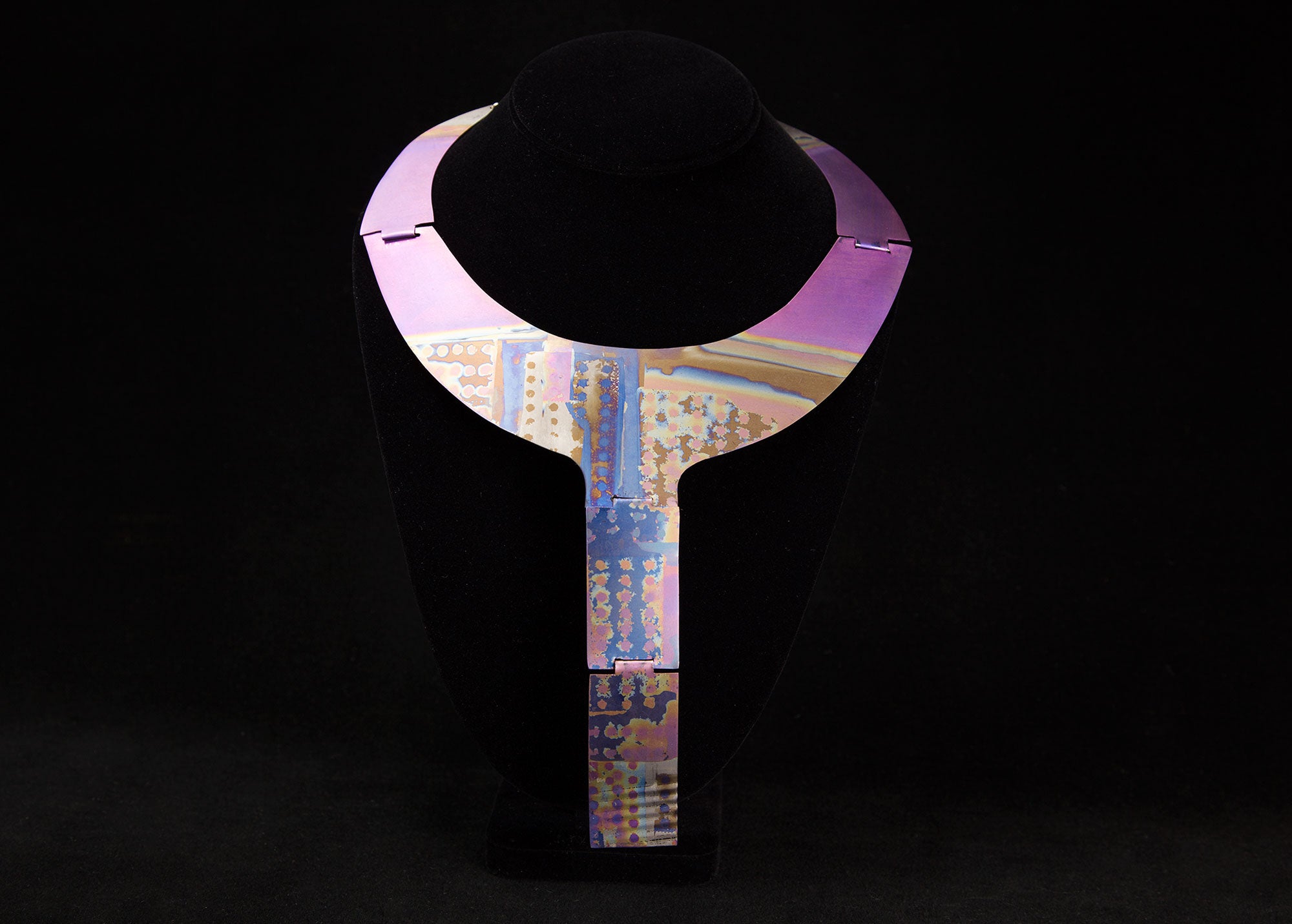
The mission of the Oakland Museum of California is to document the art, history and natural environment of California, and its collection includes works by California artists from the late 18th century to the present, a well as artifacts, photographs, natural specimens and sound recordings. The museum has mounted shows dedicated to the Black Power movement and student activism.
“They’re not just a loss to the museum,” Fogarty said of the items. “They’re a loss to the public, to our community and we’re hoping our community can help us bring them home.”
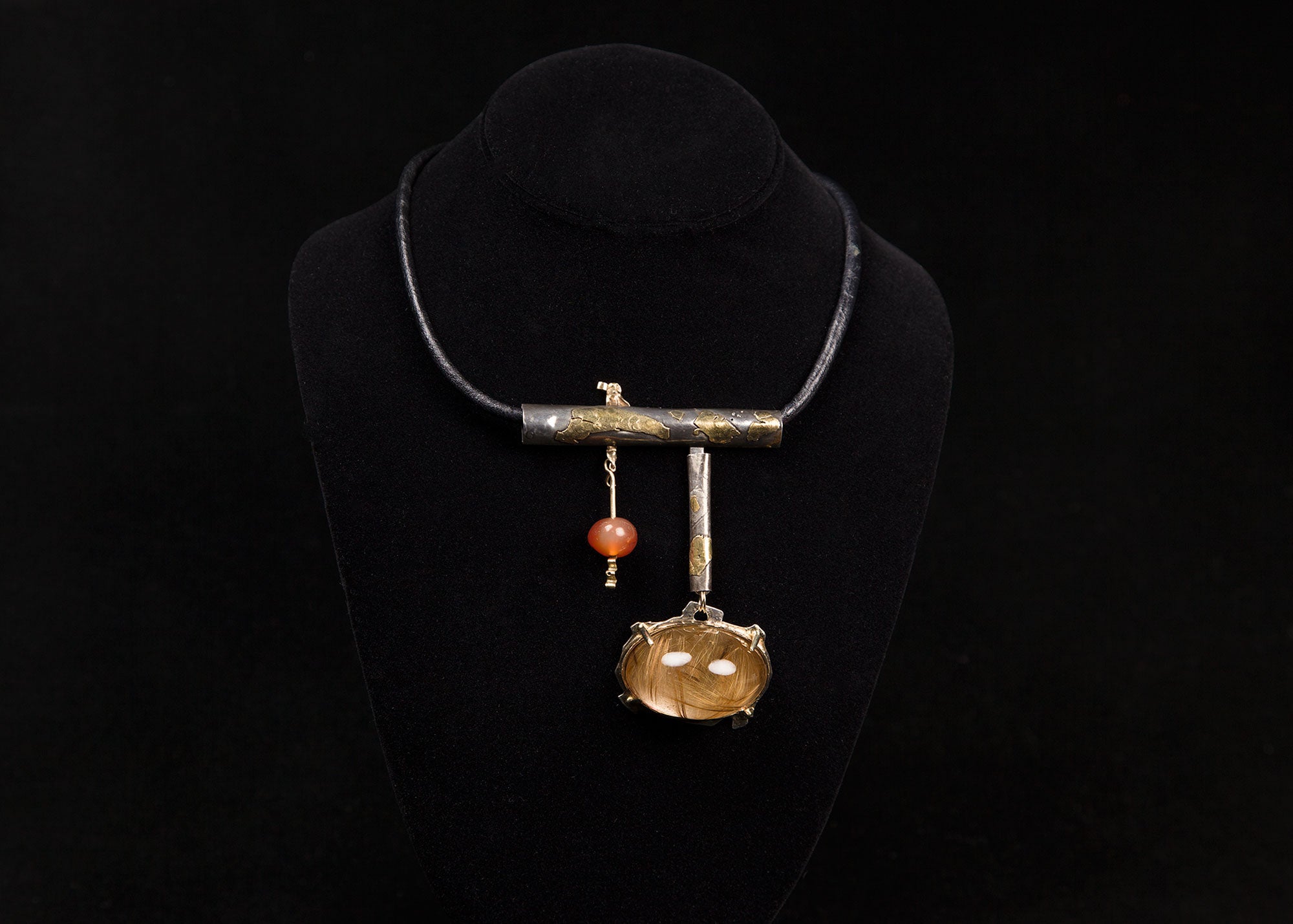
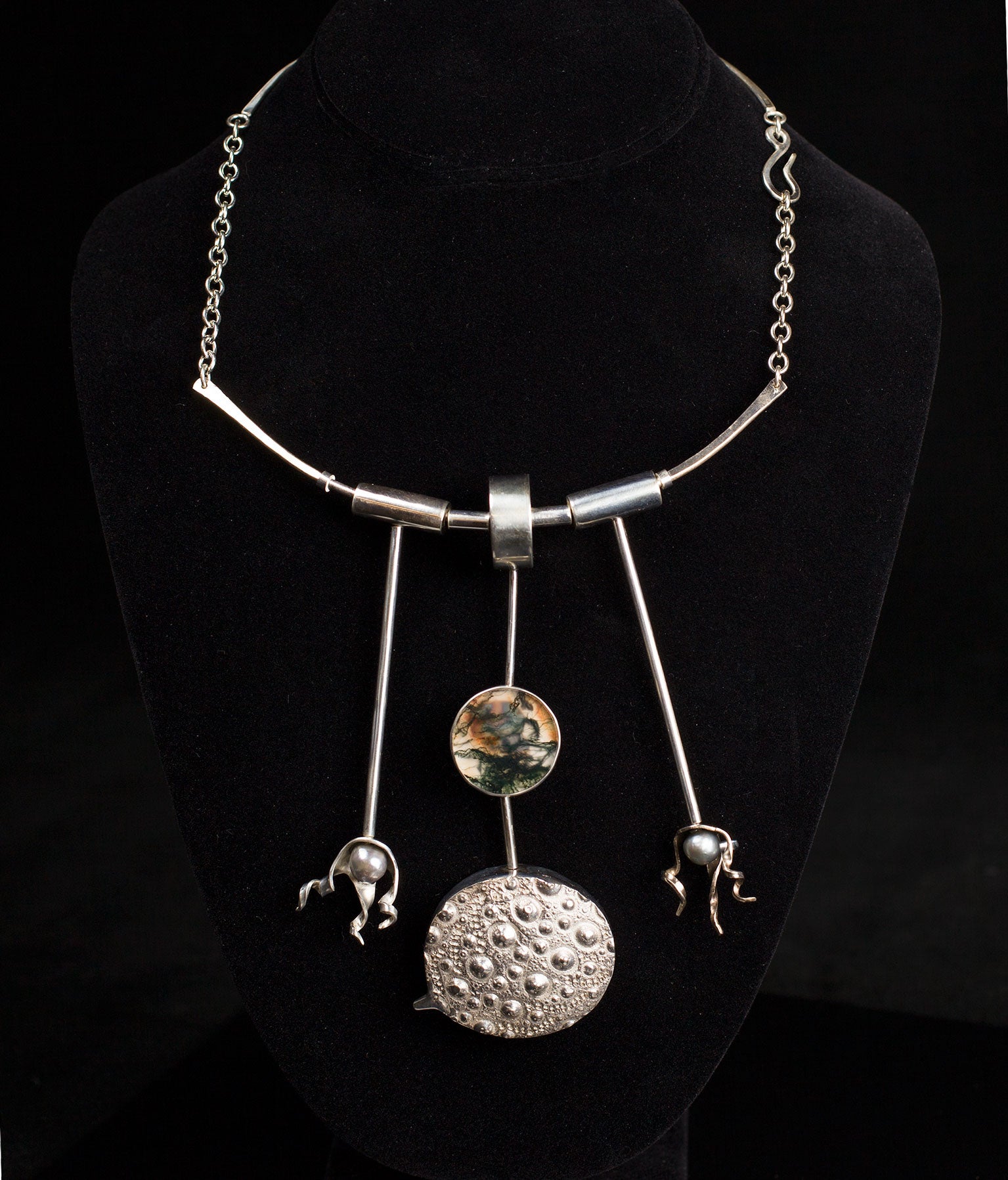
She added that the investigation was going public because the artifacts may show up at flea markets, antique stores or pawn shops.
John Romero, a retired Los Angeles Police Department captain who led the department’s commercial crimes unit, told the Los Angeles Times that the items may already have been sold since the burglary occurred two weeks ago. He expects detectives are looking at resale platforms such as Craigslist and Ebay, and networks that specialize in historic or collectible antiques.
“These people are interested in fast cash, not the full appraisal value,” he told the Times. “They need to get rid of it quickly.”
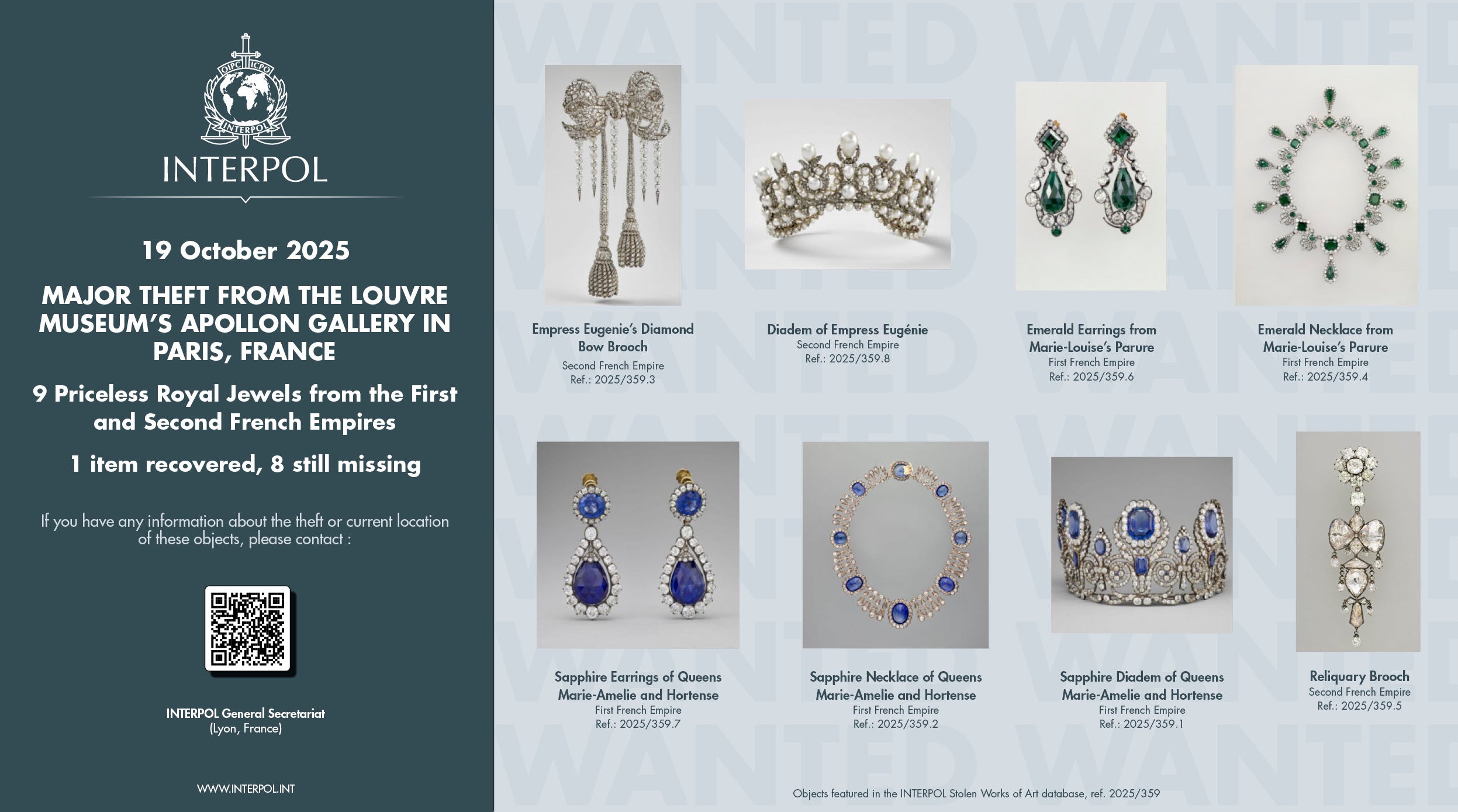
In January 2013, an Oakland man broke into the museum itself and got away with a California Gold Rush-era jewelry box. Fogarty said the the item was traced to a pawn shop with help from the public, and she hopes the community can help again.
The Oakland Police Department declined to provide further details, but said in its news release that police are working with a unit of the Federal Bureau of Investigation that specializes in art crime, including theft, forgery or antiquities and cultural property trafficking.
The Associated Press contributed to this report.

